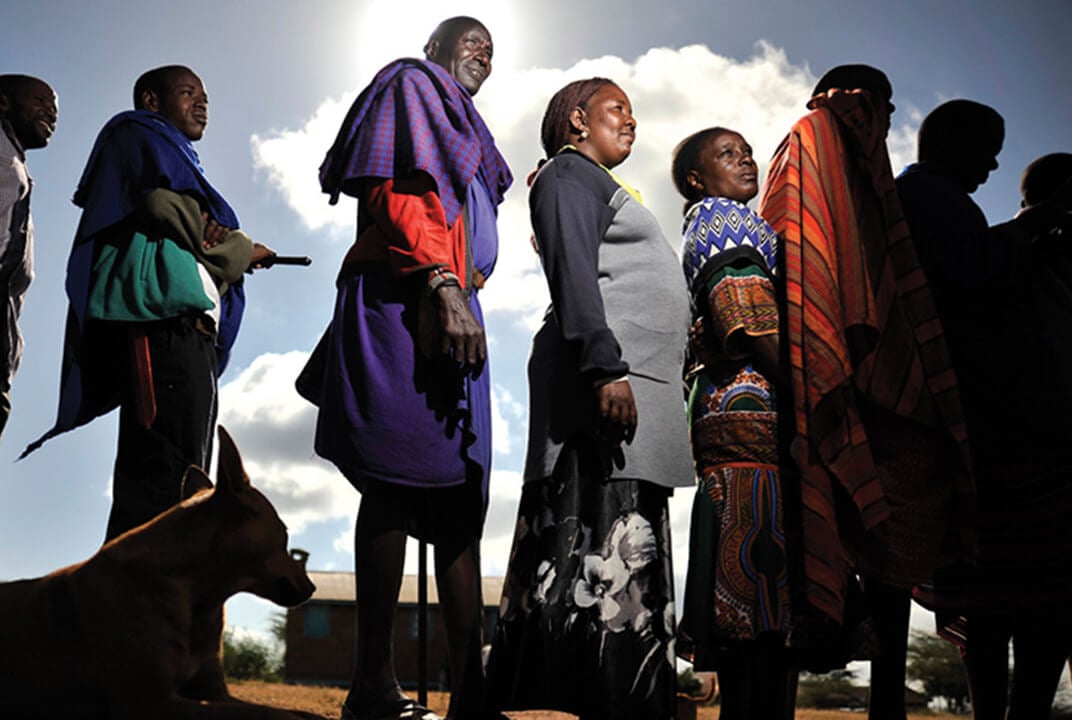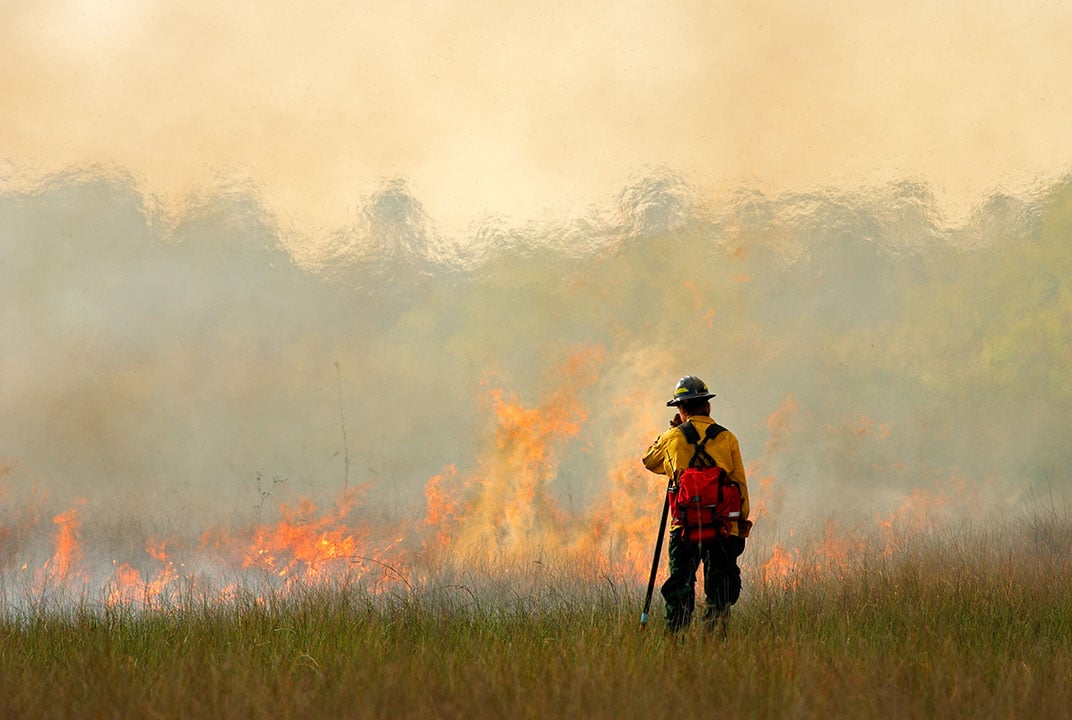Philippines braced for super typhoon Mangkhut
Disaster response teams armed with satellite communications equipment are preparing for a super typhoon heading towards the Philippines.
Mangkhut is on course to hit the north east of the country on Saturday, with gusts up to 150 mph (240km/h), equivalent to a Category 5 hurricane – stronger than Hurricane Florence which is set to lash the US East Coast.
Inmarsat has been working closely with the Philippines’ Department of Social Welfare and Development (DSWD) to improve disaster response in the country. A DSWD Rapid Emergency Telecommunications Team (RETT) has been deployed to Northern Luzon, where the typhoon is expected to make landfall. An emergency communication kit comprising a Global Xpress terminal, two BGAN terminals and two IsatPhone 2 satellite phones is pre-positioned in the region, ready to provide connectivity should land-based networks fail.
Relief efforts
Additional BGAN terminals are also being sent to a neighbouring province by the government to support relief efforts, which include mass evacuations from low-lying areas. With a rain band 900km (560 miles) wide, the storm could affect millions of people across large swathes of the country, including the capital, Manila. Combined with seasonal monsoon rains, there are fears Mangkhut could trigger flash floods and landslides.
The typhoon’s arrival coincides with the start of the rice and corn harvest, and farmers are rushing to save what they can of their crops. Mangkhut is the 15th storm to batter the Philippines this year, and by far the most powerful.
Inmarsat’s connectivity project began in 2017 under the UK Space Agency’s International Partnership Programme (IPP). The IPP is a £152 million initiative funded by the Global Challenges Research Fund (GCRF) to partner the UK’s space expertise with developing and emerging countries to deliver sustainable economic or societal benefits.
Five regions have the emergency communications kits in place, and RETT personnel have been trained to use the easily deployable equipment. This will help relief agencies and first responders to get information in and out of disaster zones much more effectively, and will provide the Philippines government with the capability to restore communications and increase command and control of recovery operations.
*Inmarsat is monitoring both Hurricane Florence and Typhoon Mangkhut closely, and we are putting in place measures to maximize network capacity on our networks to support first responders and media in both regions.

